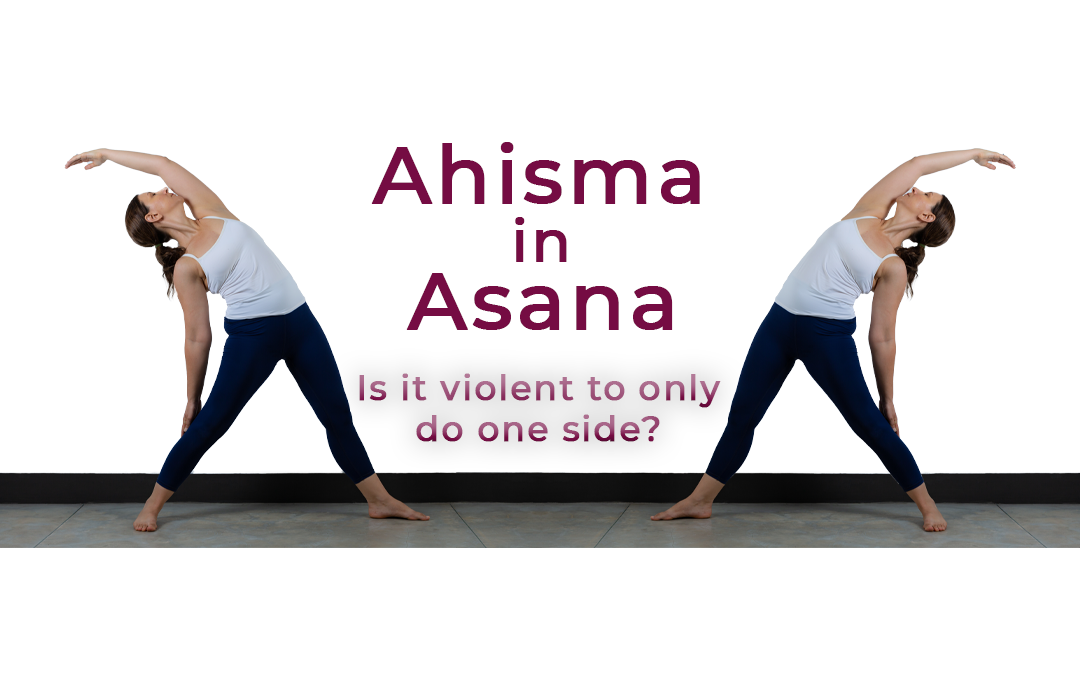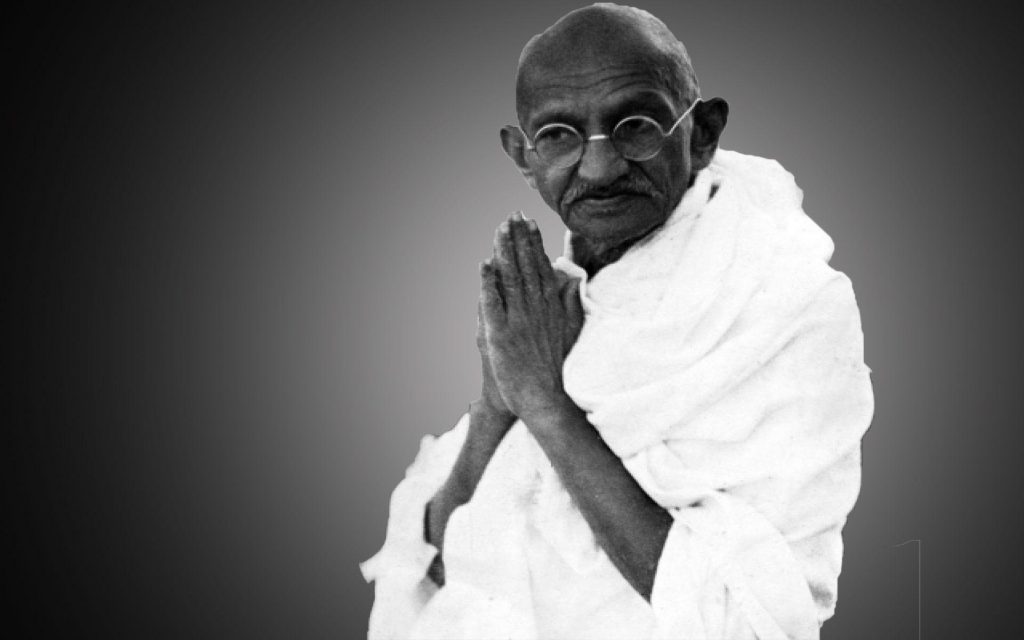
Ahisma in Asana; Exploring What It Means
During my home practice this morning several thoughts manifested. One in particular stood out.
The predominant word that kept coming up during this practice was “free-flowing”. Here’s why: I found myself trying so desperately to hold on to habits that have worked for a long time but at that moment I realized, it’s time to let it go; to let myself flow freely; hence, “free-flowing”. Perhaps my dance improvisation habits were interfering?
Ahisma = Non-violence
Asana = Pose
You see, in dance improvisation, it’s encouraged to discover ‘new movement’ and ‘new movement phrases’. By allowing yourself free-flowing movement, the structure starts to melt away and new ways of moving your body are created. Which is super cool if you’re into it. But today these two ideologies were butting heads in my head.
I was struggling with the idea of having to fit my practice into an ideal structure. This is a structure that I’ve practiced for years, what is done on one side must be done on the second to stay “balanced”. But what if one side doesn’t need what the other needs? So, I decided for today, it’s time to let the flow be free.
Balance is important, I’m not saying otherwise, but isn’t allowing the freedom of movement to flow as it will important too?
My mind was working in symmetries where maybe it didn’t need to. Then the philosophy of the 8 limbs of yoga and the idea of Ahisma came up.
A brief summary of what Ahisma is and what it means from someone who isn’t a yoga philosophy master but enjoys a good discussion.
Ahisma is defined as non-violence. Most people see it as non-violence toward others (people, animals, plants, insects, etc) but it also means non-violence to yourself. Ahisma is love; speaking kindly, acting with kindness and compassion, and letting go of what no longer serves you. (You’ve heard this last one in many yoga classes, I’m sure). Mahatma Ghandi focused his life around the idea of Ahisma and if you’d like to learn more about him check out this website: https://www.mkgandhi.org/

B.K.S. Iyengar said in his book The Tree of Yoga,

“Suppose that in performing an asana you are stretching more on the right side and less on the left…There is violence on the right side where you are stretching more, and the left side, where the stretch is less, appears to be non-violent…Though it may appear non-violent, it is also violence as the cells will die when they do not perform their functions as they should. One side thus manifests deliberate violence, and the other side non-deliberate violence.”
Buy it on Amazon: https://amzn.to/3xSBwxa
Disclaimer: Links included in this description might be affiliate links. If you purchase a product or service with the links that I provide I may receive a small commission. There is no additional charge to you! Thank you for supporting me so I can continue to provide you with free content.
Not doing one side can cause a feeling of being lopsided. But if one side needs a little more or less than the other side and we treat them according to what they need, then we are practicing Ahisma. Or in Iyengar’s words, “What is required is integration between the right and left sides of the body, and this balance of the two sides is true non-violence.”
So, by this reasoning it IS violent to not do one side.
Oops. Sorry body.
I’ll keep Free-Flowing but on BOTH sides from now on.

